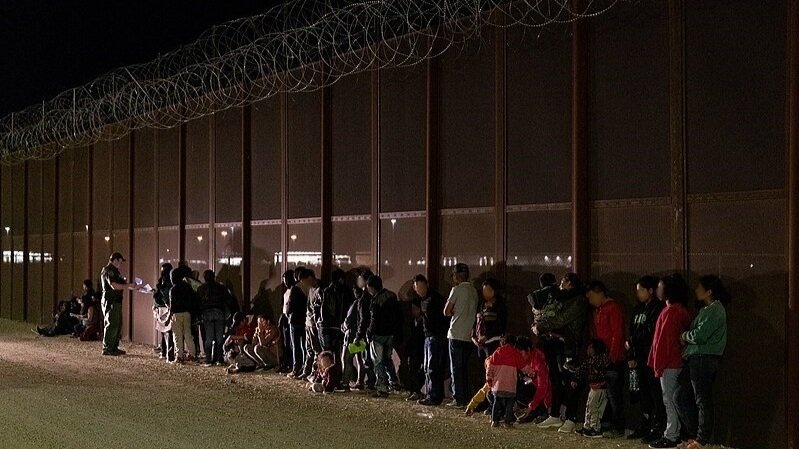Article Summary –
The author examines the history of U.S. immigration policy and its consequences through the lens of a book by journalist Jonathan Blitzer, “Everyone Who Is Gone Is Here: The United States, Central America, and the Making of a Crisis”. The book links the current migration crisis to policies enacted during Ronald Reagan’s presidency, arguing that support for Latin American dictators in an effort to combat communism led to increases in both legal and illegal immigration, and precipitated the growth of violent gangs. The author argues that addressing the root causes of immigration – starvation, poverty, and violence – is more effective than short-term measures that merely seek to deter immigration.
Examining the Roots of US Immigration Policies
My work as a 1960s social worker exposed me to the complexities of US immigration policy, which was already influenced by racism, fear, and misinformation. Ronald Reagan’s Select Committee on Immigration and Refugee Policy, chaired by Theodore Hesburgh, proposed closing the back door to undocumented immigrants while facilitating legal asylum and immigration. This policy, however, failed to address the root cause: Why are so many people immigrating?
Unraveling the Reasons Behind the Massive Immigration
The demographic shift from single Mexican men seeking work to unaccompanied Central American children requesting asylum raises questions. Why are legal entry applications at the southern border turned down at a higher rate than immigrants from Europe, Asia, and Africa? Jonathan Blitzer’s book, “Everyone Who Is Gone Is Here: The United States, Central America, and the Making of a Crisis,” offers a comprehensive review of American politics leading to the present crisis.
An Insight into the Past and Present Immigration Policies
Blitzer’s book provides a detailed account of policy changes and their impact on immigration over 55 years. He presents a balanced critique of both Democrats and Republicans, drawing on years of articles, interviews, and extensive research. He brings to light the experiences of prominent figures in immigration like John Fife, Doris Meissner, Scott Mechkowski, and Cecilia Muñoz, demonstrating the complex nature of immigration policymaking.
Effects of Immigration Policies on People’s Lives
Blitzer’s narrative intertwines personal stories of immigrants such as Juan Romagoza, Keldy Mabel Gonzáles Brebe de Zuniga, Lucrecia Hernández Mack, and Eddie Anzora, whose lives were upended due to immigration policies. Their individual tales testify to the hardships immigrants face due to violence, poverty, and post-traumatic stress.
Linking the Current Crisis to Historical Policies
Blitzer makes a compelling case, linking today’s immigration crisis to Reagan’s policies, which supported Latin American dictators to combat communism. This led to the rise in legal and illegal immigration due to violence and poverty. Notably, two LA gangs, MS-13 and 18th Street, swelled their ranks with impoverished Latino immigrants, further exacerbating the issues.
Addressing the Root Causes of Immigration
As climate change intensifies, causing starvation and environmental disasters, immigration increases. Policies rejecting South American immigrants in favor of those from other continents reflect an underlying bias. The issue isn’t merely about managing borders but addressing the roots of immigration: starvation, poverty, and violence. We need to focus on sustainable solutions rather than favoring short-term policies. These include investing in research to combat climate change-induced food scarcity and fostering small entrepreneurship to stimulate economies controlled by violent gangs.
Read More US Political News
This article may have been created with the assistance of AI.



